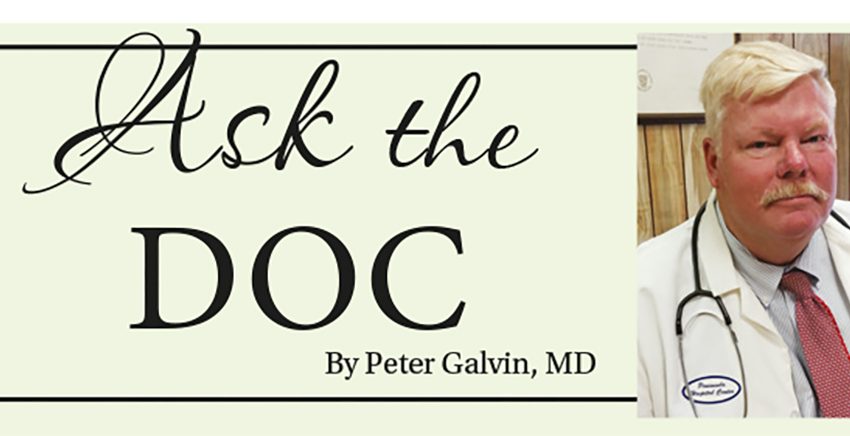Toxic

By Peter Galvin, MD
You might be familiar with botulinum toxin (Botox), which has many medical and cosmetic uses including treatment of muscle spasticity, excessive underarm sweating, migraine headaches, and cosmetic facial procedures. But how familiar are you with the disease botulism, which is caused by Clostridium botulinum bacteria? These bacteria are found naturally in soil, dust, and rocks. The bacteria themselves do not make people sick, but in certain environments with very low oxygen levels, they start to produce botulinum or botulism toxin. Examples of these low-oxygen environments are (1) inside of an infant’s gastrointestinal tract; (2) inside canned or bottled foods; and (3) inside deep cuts or wounds. These three environments correspond to the three types of botulism:
- Infant botulism occurs when newborns or infants ingest dust or soil that contains C botulinum, which settles inside the gastrointestinal tract and then produces the toxin. A less common source of infant botulism is raw honey.
- Foodborne botulism occurs when food containing the bacteria is ingested. This typically occurs when home-prepared foods have been canned, preserved, or fermented without proper sterilization and preparation. Rarely, store bought food can cause it.
- Wound botulism occurs when the bacteria get into a wound and produce the toxin inside the wound. People who inject illicit drugs (such as heroin) into their skin or muscles are at risk of developing it.
Thankfully, in the U.S., botulism is rare, with about 200 cases reported per year. About three-fourths of these are infant botulism. Botulism toxin causes muscle weakness or paralysis, starting at the head and moving down the body. Symptoms of botulism can include blurry or double vision, slurred speech, difficulty swallowing, shortness of breath, and paralysis of the arms and legs. Symptoms in infants can include poor feeding, constipation, weak cry, and difficulty breathing. Foodborne botulism can cause nausea, vomiting, diarrhea, and abdominal pain along with paralysis. Botulism is typically diagnosed by symptoms and a plausible history of exposure. While testing of blood, stool, suspected food sources, or wound samples for botulism toxin can confirm the diagnosis, it may take several days for the results to be available and should not delay treatment.
People with suspected botulism should be hospitalized and monitored for progressive weakness or paralysis, including for the need for respiratory support. Antitoxin therapy should be started as soon as possible. Conversely, antibiotics should be avoided as they may cause the bacteria to release more toxin, so they are not recommended except in some cases of wound infection. In addition, surgery to remove infected tissue (debridement) may be necessary. With hospitalization, antitoxin therapy, and supportive care most people fully recover. However, about 5% of people will die from botulism. Botulism can be prevented by:
- Not giving honey to infants younger than 1 year
- Proper home canning and food preparation techniques (especially sterilization)
- Avoiding foods in cans that appear damaged or bulging
- Avoiding the use of injected illicit drugs
- Prompt cleansing and treatment of wounds
Please direct questions and comments to editor@rockawaytimes.com


